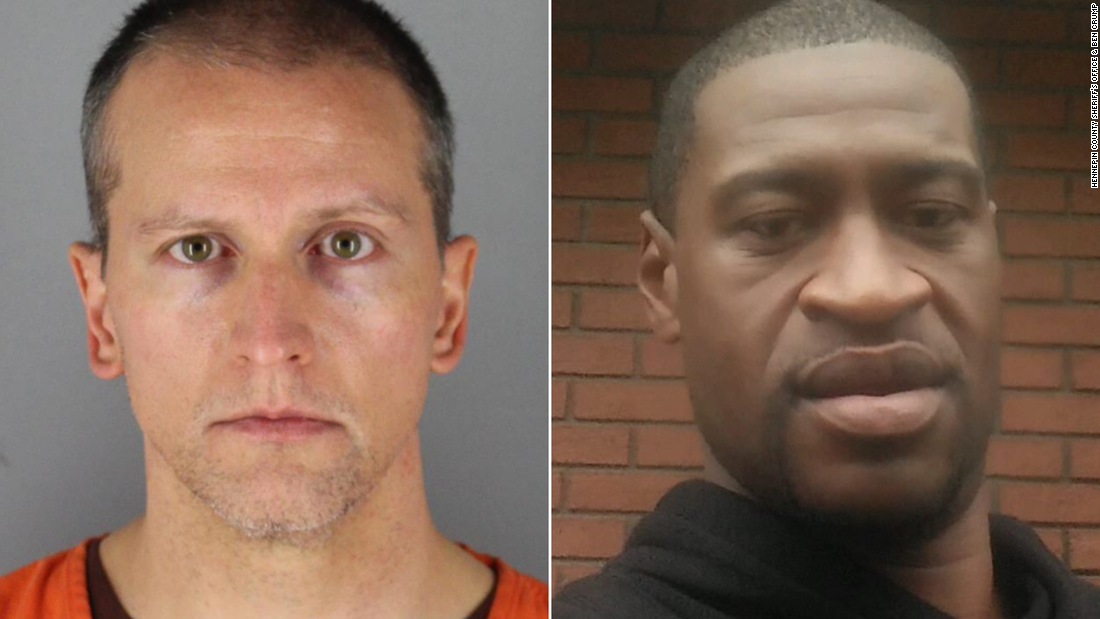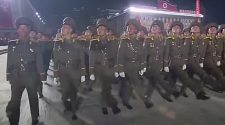It is day eight of testimony in the trial of former Minneapolis Police officer Derek Chauvin, who has been charged in the death of George Floyd.
Four police officials took the stand in court yesterday during the prosecution’s portion of the trial.
If you’re just reading in, here’s what happened in court yesterday:
Minneapolis Police Lt. Johnny Mercil, a use-of-force instructor with the department’s training unit, said Chauvin’s kneeling on Floyd’s neck is not a trained neck restraint tactic. While neck restraints may be allowed on suspects actively resisting, they are not to be done with the knee and they would not be authorized on a suspect who is handcuffed and under control, he said. Officers are taught to only use force that is proportional to the threat. He also testified that handcuffed suspects can have difficulty breathing on their stomachs. He said officers are trained to move suspects into a side recovery position — “the sooner the better.”
However, Mercil said in cross-examination that Chauvin’s position might be considered “using body weight to control,” a tactic in which officers place a knee on a prone suspect’s shoulder blades to handcuff them. He acknowledged that some screen grabs of police body-camera footage show Chauvin with his knee on Floyd’s shoulders.
“However, I will add that we tell officers to stay away from the neck when possible, and if you’re going to use body weight to pin, to put it on their shoulder and be mindful of position,” he said.
Minneapolis Police Sgt. Ker Yang, the crisis intervention training coordinator for the department’s training unit, testified about the importance of recognizing when someone is in crisis and de-escalating the situation. Officers are trained in a critical decision-making model to address people in crisis that calls on them to continually assess and reassess what is needed in the situation, he said. Chauvin took a 40-hour course on crisis intervention training in 2016 in which actors portrayed people in crisis and officers had to de-escalate the situation, Yang testified.
In cross-examination, Yang said that the crisis intervention model can potentially apply to the suspect as well as nearby observers. The training advises officers to appear confident, stay calm, maintain space, speak slowly and softly and avoid staring or eye contact, he said.
Minneapolis Police Officer Nicole Mackenzie, a medical response coordinator and CPR instructor, testified that officers are required to render first aid and request emergency services when someone needs medical help. The department teaches officers to determine the level of responsiveness for a person needing help. If the person is unresponsive, then the officer is required to check their airway, breathing and circulation, and if the person has no pulse, the officer should start CPR immediately. She also said it’s not accurate to say if someone can talk then they can breathe. In cross-examination, she said that a hostile crowd could make it difficult to focus on a patient.
Los Angeles Police Department Sgt. Jody Stiger, a use-of-force expert, testified that the force used by Chauvin on Floyd was excessive. “My opinion was that the force was excessive,” he told the court. Stiger reviewed materials from the incident after Floyd’s death and has conducted approximately 2,500 use-of-force reviews during his career.















